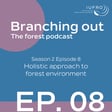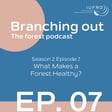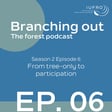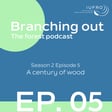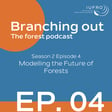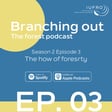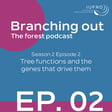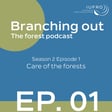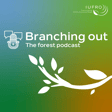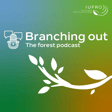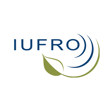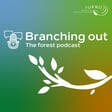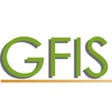
Episode 5: Forests for Sustainable Societies
This episode delves into four distinct sections, each shedding light on crucial aspects of the IUFRO World Congress 2024 theme "Forests for Sustainable Societies." We are excited to present the newest episode of Branching Out. Join us as we discuss nature-based solutions (NBS) and links between forests and human health, power and equity in the forest sector and the complexity of forest governance.
Co-hosted by Yasmeen Sands from the USDA Forest Service and Deputy Coordinator of IUFRO‘s Communications and Public Relations Working Party, with Harini Nagendra, Director of the Azim Premji University Research Center and leader of the University’s Center for Climate Change and Sustainability (and keynote speaker at the Congress), Cecil Konijnendijk, Director of the Nature Based Solutions Institute, chaired the Global Forest Expert Panel (GFEP) on Forests and Human Health, Judith Kamoto from the Lilongwe University of Agriculture and Natural Resources in Malawi, and Mónica Gabay, Coordinator of IUFRO Division 9 on Forest Policy and Economics.
We explore how forests are linked to various aspects of sustainable societies, from nature-based solutions and urban forestry, to human well-being and poverty eradication, and to forest ownership, power and equity in the forest sector.
Tune in to Branching Out: the forest podcast on your favourite platform or visit our website to access this episode. And don’t forget to subscribe, share, and join us on this podcasting adventure.
More info at iufro.org

